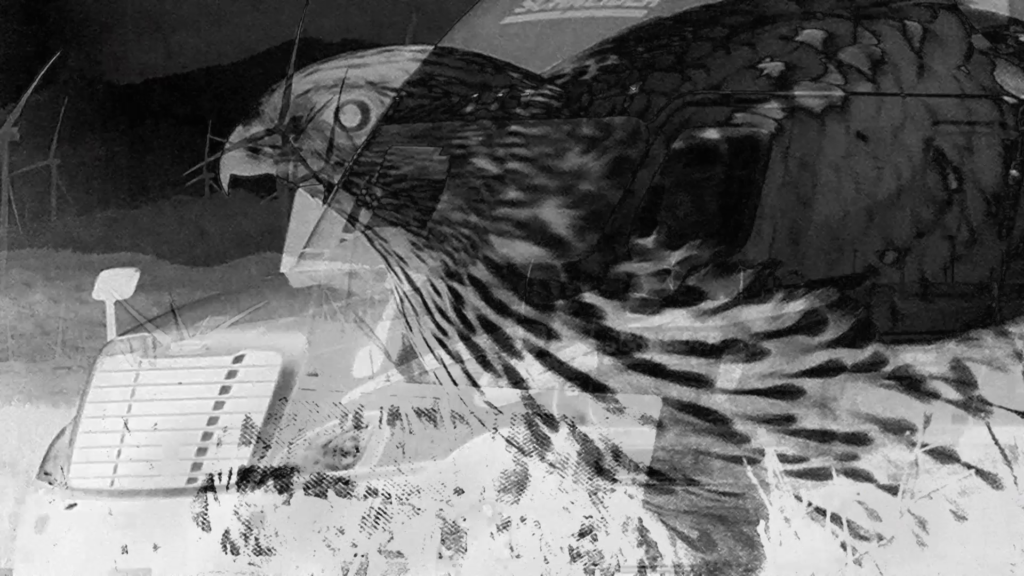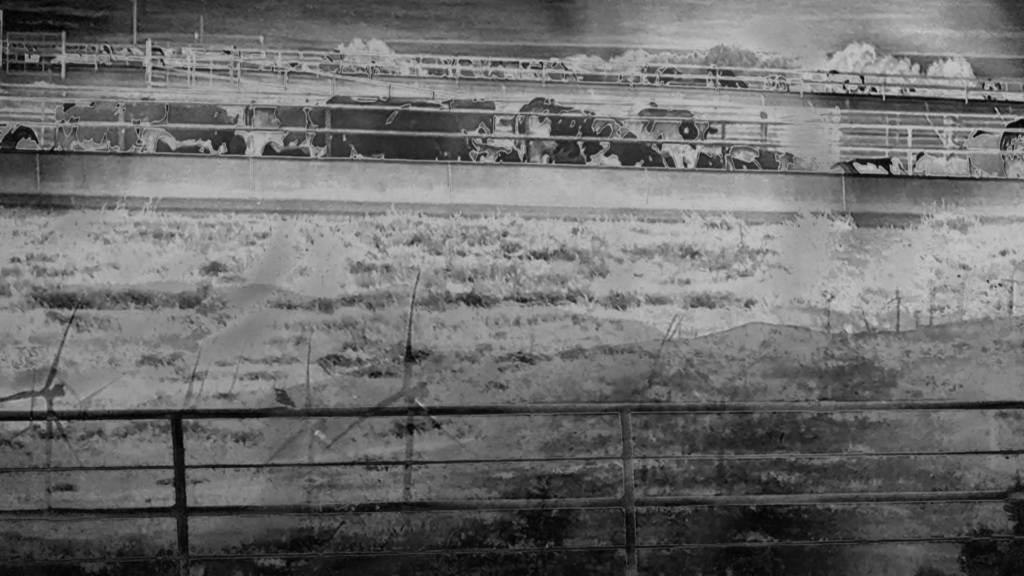Ecotone explores the relationship between the human urban environment characterized by its industrial architecture, a world of productivity and profitability, and the animal kingdom. Technology constitutes itself as a milieu for humans, designing a world where nature is only seen as a resource.
The ecotone acts on the habitats it separates and modifies them. In this human-designed ecotone, nature is only seen as a resource, and as such its agency is denied. In turn, the human fully experiences its separation from nature and is left disoriented.
The ecotone, being an exchange area, acts as a feedback process. Feedback is an exponential function that eventually reaches a point of submersion. Ecotone questions the amount of space left for the non-human voices.
The ecotone acts as a filter. Like a border or a skin, it allows some transfers and has a permeability to certain elements. As the Homo genus sinks deeper and deeper into its technological milieu, the border closes and less and less is allowed to enter.
Ultimately, the particular characteristics of the ecotone are either isolating or uniting the habitats in between which it is placed.
Ecotone exposes the performance of these functional exchanges.
Sounds from animal culture and communication are submitted to extreme transformation through digital processes, rendering them unnatural, the same way the integration of animals in our industrial processes takes the naturality out of them.
It functions as an endless loop through which the audience can navigate in and out of the bordering habitats.



